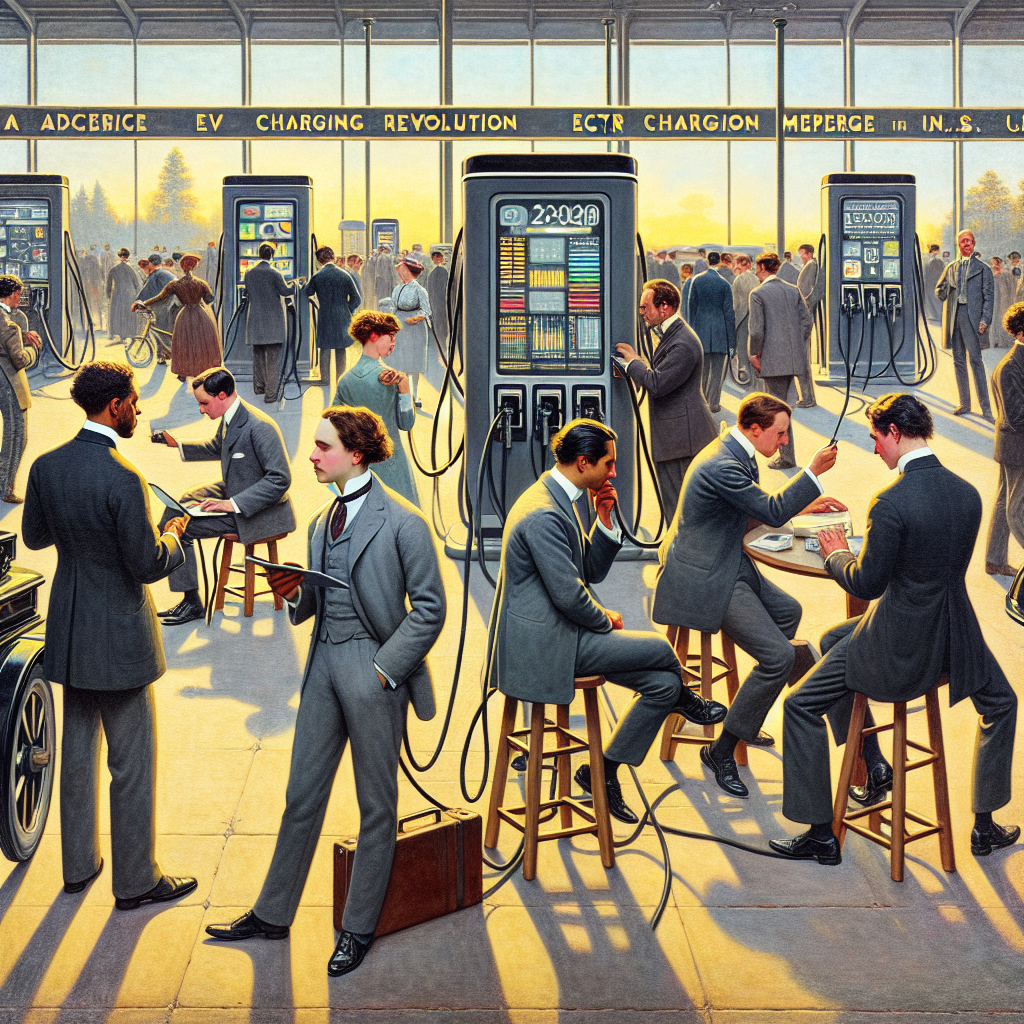The electric vehicle (EV) industry is undergoing rapid transformation, marked by surging adoption rates, expansion of charging infrastructure, and technological innovation focused on connectivity and energy management. Recent years have seen a notable acceleration in both market momentum and government efforts aimed at supporting the future of transportation, particularly through advancements in EV charging technologies.
Central to this evolution is the growing demand for enhanced charging connectivity. As highlighted in recent industry reports, the development of smart and connected charging systems now enables remote monitoring, predictive maintenance, and seamless payment integration. These advancements benefit EV drivers by improving user experiences and facilitating more efficient grid management, while also aiding the integration of renewable energy sources into the mainstream transportation sector.
Infrastructure Expansion and Public-Private Initiatives
The U.S. has witnessed a dramatic increase in public charging infrastructure, with the number of public EV chargers rising from approximately 95,000 in January 2021 to over 207,000 by early 2025. However, industry analysts estimate that about 1.2 million public chargers will be required by 2030 to match projected EV sales and address future demand (Axios).
Notably, a new joint venture, Ionna, involving eight leading EV manufacturers, has announced ambitious plans to establish 30,000 public fast-charging stations across the U.S. by 2030. This initiative reflects the shift toward "Charging 2.0," emphasizing a more coordinated and customer-centric charging experience (Axios).
Commercial retailers are also entering the EV charging space, developing branded charging networks to attract and retain customers. This business-focused strategy further highlights the increasing significance of charging infrastructure within broader retail and mobility ecosystems.
Technological Progress in Connectivity and Standardization
The push for greater uniformity has led to critical moves toward standardization. The White House recently endorsed the use of Tesla's North American Charging Standard (NACS) for all electric vehicles sold in the U.S., aiming to unify connectors and streamline access for drivers. This measure is designed to enhance consumer confidence and accelerate broader EV adoption.
Charging technology is also advancing rapidly. Next-generation ultra-fast charging stations, capable of delivering 350 kW, can charge vehicles to 80% capacity in under 20 minutes (Robin Waite). Additionally, wireless charging technology is emerging, offering the convenience of charging EVs without the need for physical connectors—an especially attractive prospect for urban environments.
Integration with renewable energy sources is gaining traction. Solar-powered charging stations are becoming more widespread, helping municipalities and businesses align with sustainability goals and reduce the carbon footprint of electric mobility (Economic Times).
Smart Charging and Grid Efficiency
Smart charging systems are being developed to optimize energy usage and lower costs for both providers and consumers. These systems can schedule charging during periods of lower electricity demand, integrate with home energy setups, and even enable two-way power flows where vehicles supply electricity back to the grid. Such features have the potential to support grid stability and deliver economic benefits to consumers (Vehicle Report).
Urban Initiatives and City Expansion
U.S. cities are making significant investments to expand EV infrastructure. In Phoenix, Arizona, EV chargers were recently installed at six public library locations, advancing the city's goal of building 500 public charging points by 2030. Meanwhile, New York City has announced plans to construct a major charging hub at JFK Airport, offering 65 charging spots—including 12 DC fast chargers—by 2025 (EnergyTrend).
Ongoing Challenges and Future Outlook
Despite these advancements, the EV sector faces persistent obstacles, including high implementation costs and a lack of universal standards. Overcoming these challenges remains critical for achieving charging efficiency and full interoperability across the industry.
At recent shareholder meetings, several key proposals addressing labor and environmental issues in the supply chain were not approved. Nonetheless, companies continue to prioritize innovation and restructuring, with an eye on fortifying their positions within the evolving EV sector.
The shift toward automation and autonomous vehicles is further intensifying the need for smart, adaptable charging infrastructure. According to analysts, ongoing developments are expected to play a pivotal role in shaping the future of transportation, as stakeholders across government, industry, and the public pursue efforts to enhance charging accessibility, efficiency, and sustainability.
For more on the evolving landscape of electric vehicle charging connectivity, please see Electric Vehicles Today and related industry coverage.




